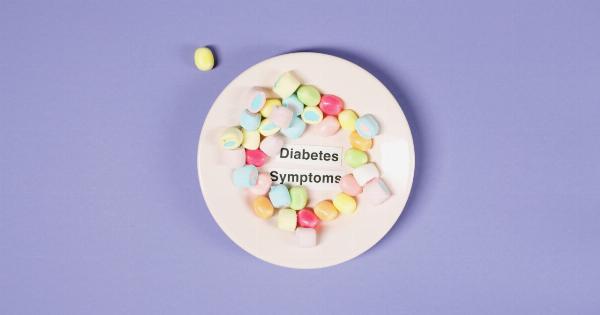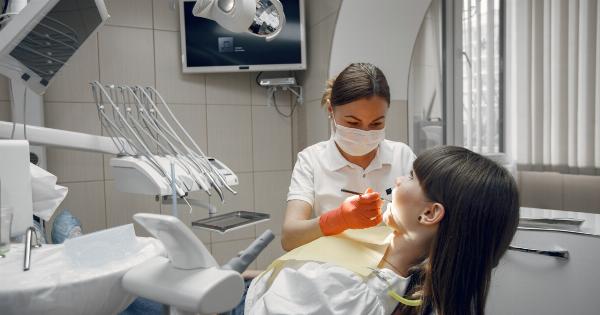Infarction by St. Space is a devastating medical condition that requires immediate attention and care. It occurs when the blood supply to a certain area of the body is obstructed, leading to tissue damage and potentially life-threatening consequences.
While anyone can be at risk for infarction, certain individuals may be more vulnerable due to various factors. In this article, we will explore who is most vulnerable to infarction by St. Space and examine the key aspects that contribute to this susceptibility.
1. Age
Age is an important factor when it comes to the vulnerability to infarction by St. Space. As individuals grow older, the risk of developing infarction increases.
This is primarily due to the natural aging process, which can lead to the narrowing and hardening of blood vessels, known as atherosclerosis. As atherosclerosis progresses, the likelihood of an infarction occurring in the affected vessels rises significantly.
2. Pre-existing Medical Conditions
Individuals with pre-existing medical conditions are more vulnerable to infarction by St. Space.
Conditions such as hypertension, diabetes, and hypercholesterolemia can all contribute to the development of atherosclerosis and increase the risk of infarction. Additionally, individuals with a history of heart disease, such as previous heart attacks or angina, are at a higher risk of experiencing infarctions due to the compromised state of their cardiovascular system.
3. Lifestyle Factors
Lifestyle factors play a crucial role in determining the vulnerability to infarction by St. Space. Smoking, for example, is a major risk factor as it damages blood vessels and promotes the formation of blood clots.
Lack of physical activity, unhealthy diet, and excessive alcohol consumption also contribute to the susceptibility to infarctions. These lifestyle choices can lead to the development of underlying conditions such as obesity, high blood pressure, and high cholesterol, which further increase the risk of infarction.
4. Gender
Gender can influence the vulnerability to infarction by St. Space. Men generally have a higher risk of developing infarctions compared to pre-menopausal women.
However, the risk in women tends to rise after menopause, mainly due to hormonal changes and the loss of cardioprotective effects of estrogen. Estrogen has been found to have a positive impact on the cardiovascular system by maintaining blood vessel function and reducing the risk of atherosclerosis.
5. Family History
A family history of infarction or other cardiovascular diseases can increase an individual’s vulnerability to infarction by St. Space.
Genetic factors can play a significant role in the development of conditions that contribute to infarctions, such as atherosclerosis and clotting disorders. If individuals have close relatives who have experienced infarctions or other cardiovascular events, they should be more diligent in managing their risk factors and seeking appropriate medical care.
6. Ethnicity
The vulnerability to infarction by St. Space can also vary based on ethnicity. Certain ethnic groups have been shown to have a higher prevalence of risk factors for infarctions, such as a higher incidence of diabetes, hypertension, and obesity.
For example, individuals of African, South Asian, and Hispanic descent have been found to be at a higher risk compared to individuals of European or Asian descent. These differences may be attributed to genetic variations as well as differences in lifestyle and socioeconomic factors.
7. Occupational Exposures
Occupational exposures to certain hazards can increase the vulnerability to infarction by St. Space.
Certain industries, such as mining, construction, and manufacturing, involve exposure to substances that can contribute to the development of atherosclerosis or increase the risk of blood clotting. Prolonged exposure to these hazards can lead to an increased risk of infarction, particularly if other risk factors are present.
8. Stress Levels
Chronic stress can have detrimental effects on the cardiovascular system and increase the vulnerability to infarction by St. Space.
When individuals are exposed to long-term or intense stress, it can contribute to the development of hypertension, abnormal heart rhythms, and atherosclerosis. Additionally, stress can lead to unhealthy coping mechanisms, such as overeating, smoking, or excessive alcohol consumption, further exacerbating the risk of infarctions.
9. Socioeconomic Status
Socioeconomic status can influence the vulnerability to infarction by St. Space. Individuals with lower socioeconomic status often face challenges in accessing healthcare, maintaining a healthy lifestyle, and managing risk factors.
Limited access to quality healthcare and resources may contribute to undiagnosed or poorly managed conditions, such as hypertension or diabetes, which increase the risk of infarctions.
10. Use of Certain Medications
Some medications can increase the vulnerability to infarction by St. Space. Certain types of oral contraceptives, for example, have been associated with an increased risk of blood clot formation, which can lead to infarctions.
Additionally, certain medications used to treat medical conditions, such as hormone replacement therapy or long-term corticosteroid use, may contribute to the development of risk factors for infarction, such as hypertension or high cholesterol levels.
Conclusion
Infarction by St. Space is a serious medical condition that can have severe consequences.
While anyone can be vulnerable to infarctions, certain individuals may be at a higher risk due to factors such as age, pre-existing medical conditions, lifestyle choices, gender, family history, ethnicity, occupational exposures, stress levels, socioeconomic status, and the use of certain medications. Understanding these vulnerabilities can assist in identifying high-risk individuals and implementing appropriate preventive measures and targeted interventions to reduce the incidence of infarction by St. Space.





























